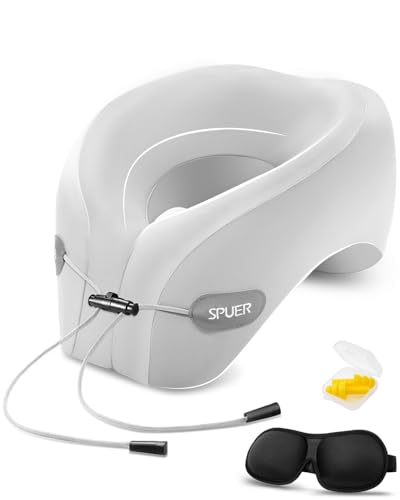Within the last year or two didn't seem one fall completely through the gap at woodside LIRR station?
It was more than 2 years ago now, probably like 3 or 4 IIRC. It was at least a year ago, and probably longer that I saw a track machine nudging the tracks closer to the platform.
In the case of the accident however it is also important to note that the girl was well past the point of being legally drunk. In fact that's probably what helped to kill her as she wouldn't listen to anyone to just stay where she was after she fell. So instead she crawled under the platform, it was the center island platform that serves trains from Jamaica to Penn and trains from Penn to Port Washington, and she was subsequently struck and killed by a Port Washington bound train.
There have been many other gap incidents on the LIRR, in fact it was the poster child for a while. But they have been working on closing many of the bigger gaps via one means or another. I'm not sure, other than perhaps a small child, if there were other incidents of someone falling completely through to the tracks though. Most I think were people getting a foot stuck, not to say that one still can't be badly injured by such an incident.
The LIRR even started a major campaign to educate people, but alas for a while many people thought that the ads weren't about the gaps between the trains and platforms, they thought that they were ads for the the retail chain the Gap.






















































